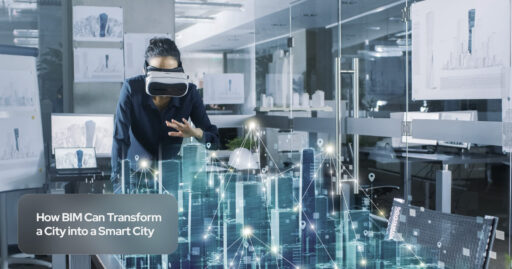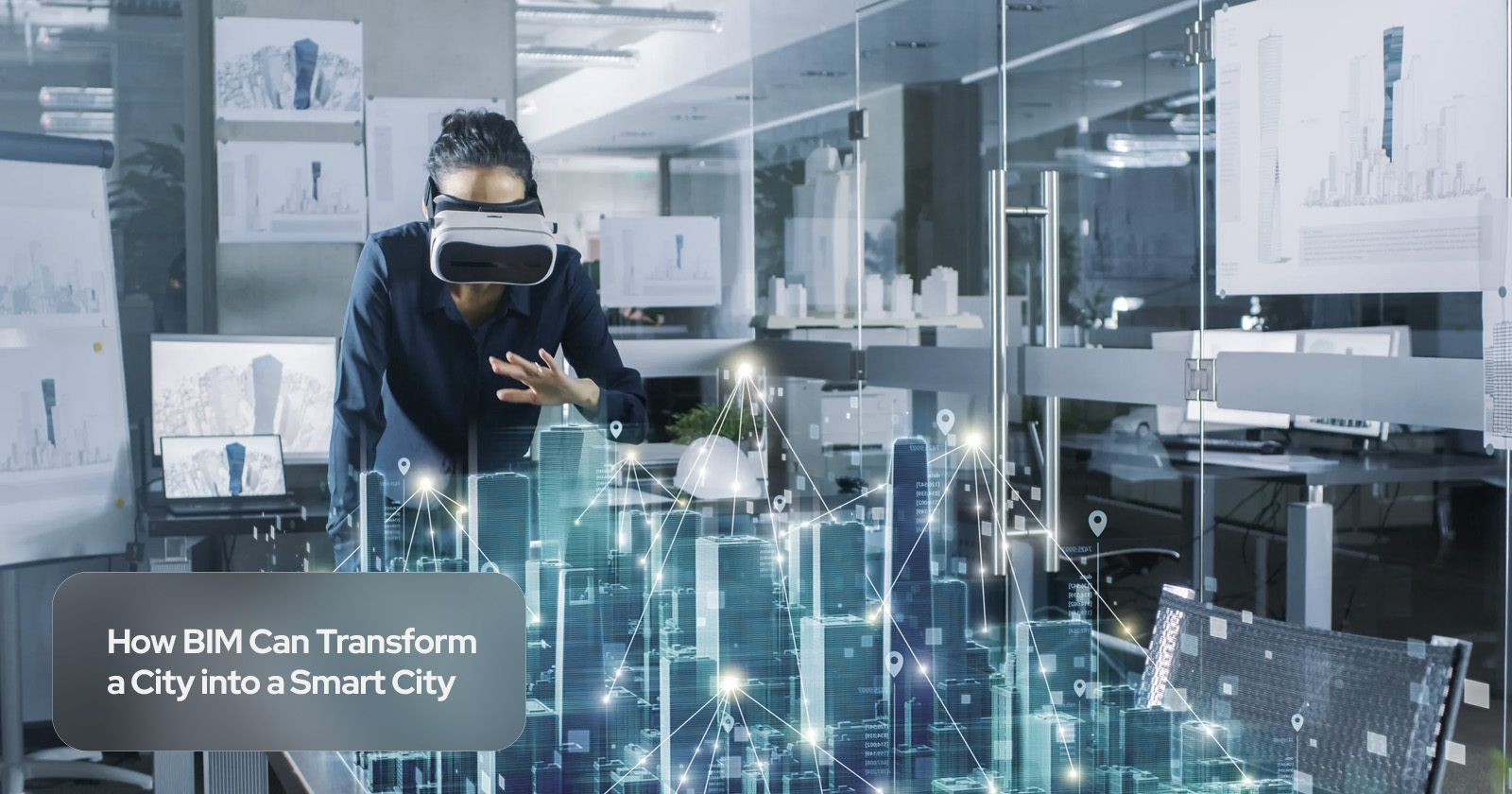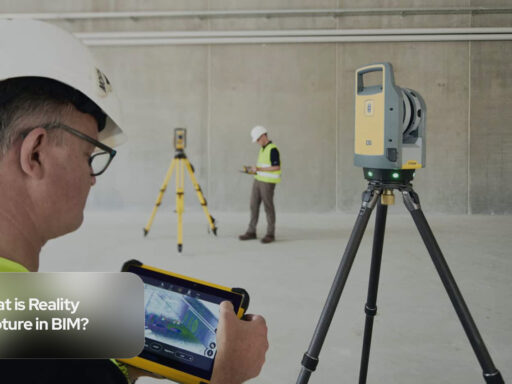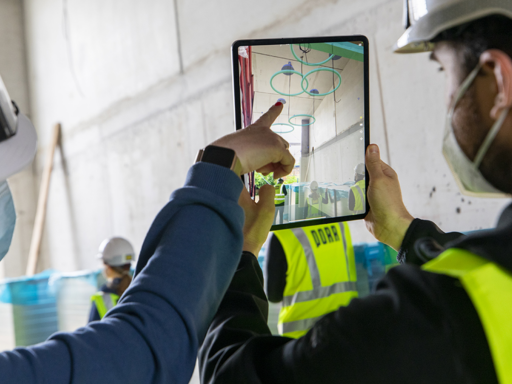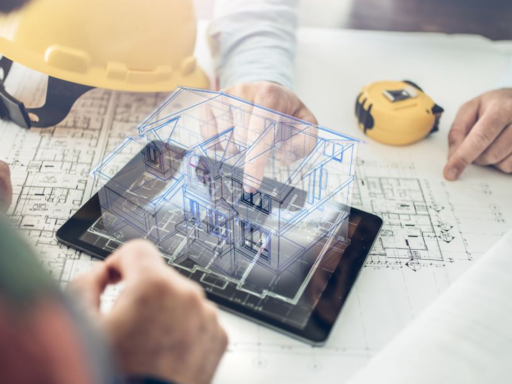Introduction
BIM Smart City is the urban dimension of Building Information Modeling that promotes the development of smart and sustainable cities.
“We live in a world more aware of our historical actions up to the present day, and we acknowledge that globally, over 50% of the population resides in urban areas. There is an urgent need to act swiftly to plan for growth and provide basic services to these populations. Why resist using tools like BIM software in planning to achieve a better quality of life for all?” – Josefina S., Architect
The concept of a smart city has emerged as a response to improving the quality of life for citizens and optimizing the use of resources. Building Information Modeling (BIM) works as a tool that helps to transform a city into a smart city.
Highlights
- A smart city is a response to the challenges faced by modern cities, such as population growth, insufficient services and resources, and environmental problems.
- BIM is a collaborative working methodology that creates a digital twin of a city, providing a solid and accurate information base for optimizing resources and making informed decisions.
- Having a digital twin of a city allows for precise infrastructure representation, urban planning, simulations and analysis, and interaction with other technologies like virtual reality.
- BIM enables greater transparency and traceability in city management, proactive maintenance, and increased citizen participation.
What is a Smart City and Why Do We Need It?
A smart city is a concept that aims to address the challenges of modern cities. These challenges include excessive urban population growth, insufficient services, resources, and infrastructure, as well as environmental and economic problems.
The concept of a smart city proposes using information and communication technologies to improve the quality of life for citizens and ensure the efficient use of resources. By implementing smart city solutions, cities can become more sustainable, resilient, and livable.
“As a smart city, Oslo has implemented policies to reduce energy consumption and alleviate urban traffic congestion. However, its primary focus lies in eco-design and efficient architecture, with strong support for the use of BIM as an intelligent design tool. This approach has demonstrated significant benefits for both commercial and social development in the city.” – Josefina S., Architect
What is BIM’s Role in Smart Cities?
BIM Smart City signifies the urban extension of Building Information Modeling, a process pivotal in the advancement of smart cities through integrated digital technologies and data utilization.
The Smart City concept emerges from the imperative to effectively address challenges confronted by contemporary cities, namely:
- Surging urban population.
- Inadequate services and infrastructure.
- Limited safeguarding of citizens’ health and safety.
- Pressing energy and environmental concerns.
- Economic instability.
The creation of a smart city demands active collaboration from various entities and the consideration of multifaceted factors.
Why is BIM (or CIM) indispensable in Smart Cities?
BIM has showcased significant potential in broader systems’ development such as infrastructure networks, urban components, or entire cities, often termed as Civil/City/Construction Information Modeling (CIM).
The synergy of BIM and Smart City’s success lies in BIM’s capability to help cities achieve progressively ‘smart’ objectives. A Smart City employs information and communication technologies to:
- Enhance operational efficiency.
- Share information with the public.
- Ensure superior service quality.
- Guarantee citizen well-being and safety.
- Optimize resource utilization.
- Minimize waste.
- Limit environmental impact.
Steps to Implement BIM in Cities for Smart City Transformation
Implementing BIM in cities for smart city transformation requires careful planning and execution.
- First, we need to establish a clear vision for how BIM will support the city’s smart initiatives, such as improved infrastructure and sustainability.
- Next, it’s important to collaborate with all stakeholders including government agencies, urban planners, and technology providers, to ensure a seamless integration of BIM into the city’s infrastructure.
- Lastly, investing in the right technology and training for city personnel is crucial to successfully implementing BIM for smart city transformation.
We need to understand the importance of strategic planning when implementing BIM in cities for smart city transformation. This includes aligning BIM initiatives with the city’s long-term goals and ensuring that all stakeholders are on board with the implementation process. By investing in the necessary technology and training, we can ensure that cities are well-equipped to leverage the benefits of BIM for smart city transformation.
Implementing BIM in cities for smart city transformation steps:
- Conduct a city survey and collect relevant data. This can be done using technologies like laser scanning, which provides precise data on buildings and the city as a whole.
- Create the digital twin of the city with the collected data, representing the survey information.
- Incorporate additional information into the digital twin through citizen participation or input from various stakeholders.
Benefits of BIM for Smart City Transformation
Let’s explore the advantages of BIM in the context of smart city design:
- Collaboration and Cooperation: A Smart City project involves multiple stakeholders who must collaborate for optimal results. BIM, through collaborative platforms, enhances communication between project teams, ensuring more efficient information management and exchange.
- Integration between Systems: Smart Cities rely on integrating different systems (transportation, communications, energy consumption, etc.) at both building and urban levels. BIM enables an open and standardized flow of information between these systems, leading to a fully integrated and interactive infrastructure.
- Project Visualization: BIM models of buildings and infrastructure, created with BIM Authoring software, provide a better project visualization from conception to completion. These models are also used to test construction feasibility and ensure that errors, rework, and waste are minimized.
- Centralization of Information: BIM allows industry professionals to manage the entire project lifecycle in one place, serving as a centralized platform for accessing key information about any aspect of the infrastructure and using it for various purposes.
- Citizen Participation: BIM empowers the community to actively participate in the physical transformation of their city. Data collected on the BIM platform can be shared among all stakeholders, including citizens, allowing access to information typically held by parties directly involved in the design and construction process.
- Environmental Sustainability: BIM’s real-time visualization of how a building or a city ecosystem operates enables system administrators to regulate resource and energy consumption, improving the quality of life for communities.
“BIM and information management have always been a cornerstone of Smart cities because both rely on open data that can be shared, BIM is built on having structured data as information to support decision-making related to assets. It is this structure that forms the basic components of the Smart city to achieve the benefits presented by digitization.” – Dan Rossiter.
Conclusion
By creating a digital twin of the city, BIM provides a solid and accurate information base for optimizing resources, improving urban planning, and making informed decisions. The implementation of BIM in cities offers numerous benefits, including the integration of data, efficient management of the city’s lifecycle, visualization and simulations, real-time monitoring, resource optimization, interoperability, and informed decision-making.
By embracing BIM, cities can pave the way for a smarter, more sustainable, and livable future.

